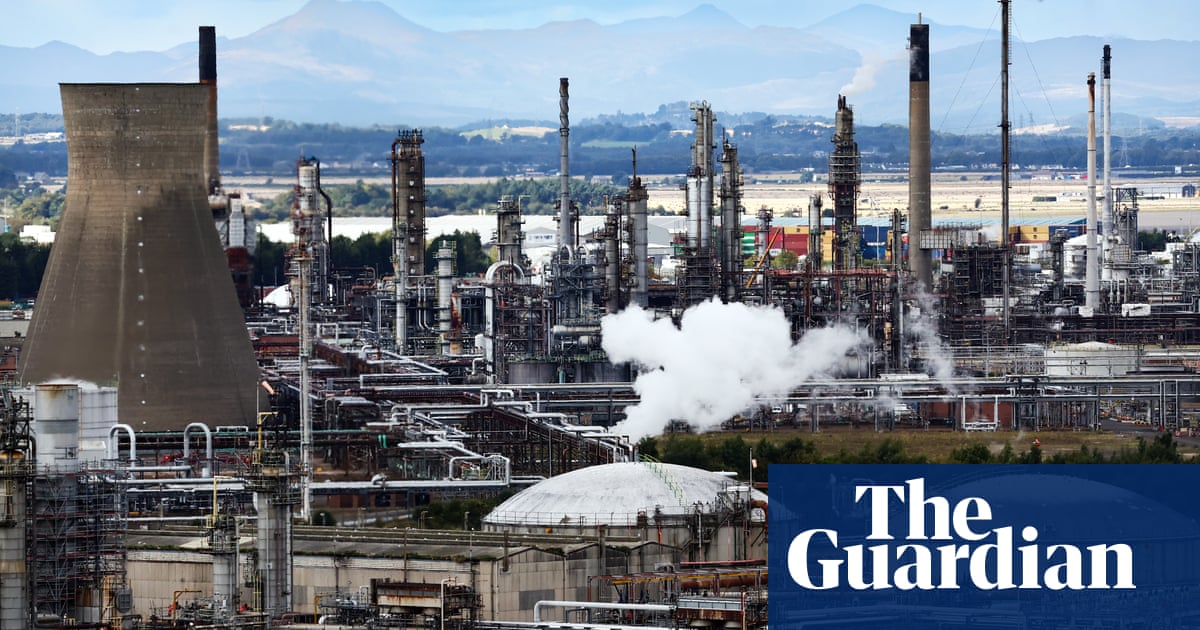Private equity firms are using US public sector workers’ retirement savings to fund fossil fuel projects pumping more than a billion tonnes of greenhouse gas emissions into the atmosphere every year, according to an analysis.
They have ploughed more than $1tn (£750bn) into the energy sector since 2010, often buying into old and new fossil fuel projects and, thanks to exemptions from many financial disclosures, operating them outside the public eye, the researchers say.
In many cases they are mortgaging workers’ futures by taking the money they have put away for old age and investing it in assets that risk serious damage to the climate, the report claims.
“Public sector workers’ money, through national, state, and retirement pensions, provides much of the capital for private equity firms’ energy investments, but there is limited disclosure to the pension fund managers that the deferred earnings of their beneficiaries have potential climate impacts,” it says.
Researchers at Americans for Financial Reform Education Fund, Global Energy Monitor and Private Equity Stakeholder Project assessed the holdings of 21 private equity firms, overseeing a combined $6tn in assets under management.
Together, the analysis found that the 21 firms were funding projects responsible for releasing more than 1.17bn tons of CO2 equivalent (tCO2e) a year.
The research, compiled from financial data services, company websites, press releases and news reports, was limited to three categories of investments – upstream, fossil gas terminals, and coal plants – and so does not represent firms’ entire emissions footprints from energy investments.
They compiled their findings into a scorecard, ranking each firm by its exposure to fossil fuel emissions producing investments, transparency and alignment with the target of limiting the temperature rise to 1.5C above preindustrial levels.
EIG ranked last, receiving an F grade. It had 23 fossil fuel companies in its portfolio, the majority in upstream operations, giving it the estimated upstream emissions of more than 255m metric tons of tCO2e a year – the most of all its peers.
The second highest overall emitter was the Carlyle Group, with an estimated 214m tCO2e annually in combined carbon-intensive asset emissions. Its 23 fossil fuel company holdings represented more than three-quarters of its energy portfolio. It received a D grade.
The report traces a trend of private equity firms swooping in as large oil and gas firms seek to shed older and dirtier assets and the bigger banks increasingly regard them as risky investments. Thanks to limited disclosure rules, regulatory loopholes and complex corporate structures, some of the dirtiest assets have come to be owned by relatively obscure investment outfits, the report says.
after newsletter promotion
This, coupled with the cost-cutting measures for which the private equity sector has long been notorious, has led to an increasingly dangerous situation, introducing further safety hazards, reliability concerns and environmental violations, the report says.
A spokesperson for Carlyle said: “Carlyle remains focused on investing in the energy transition, not divesting from it. As one of the first global alternative asset managers to set a net zero target in 2022, we are committed to achieving real emissions reductions across our portfolio, rather than shifting high-carbon assets to others.”
EIG did not respond to requests for comment.

